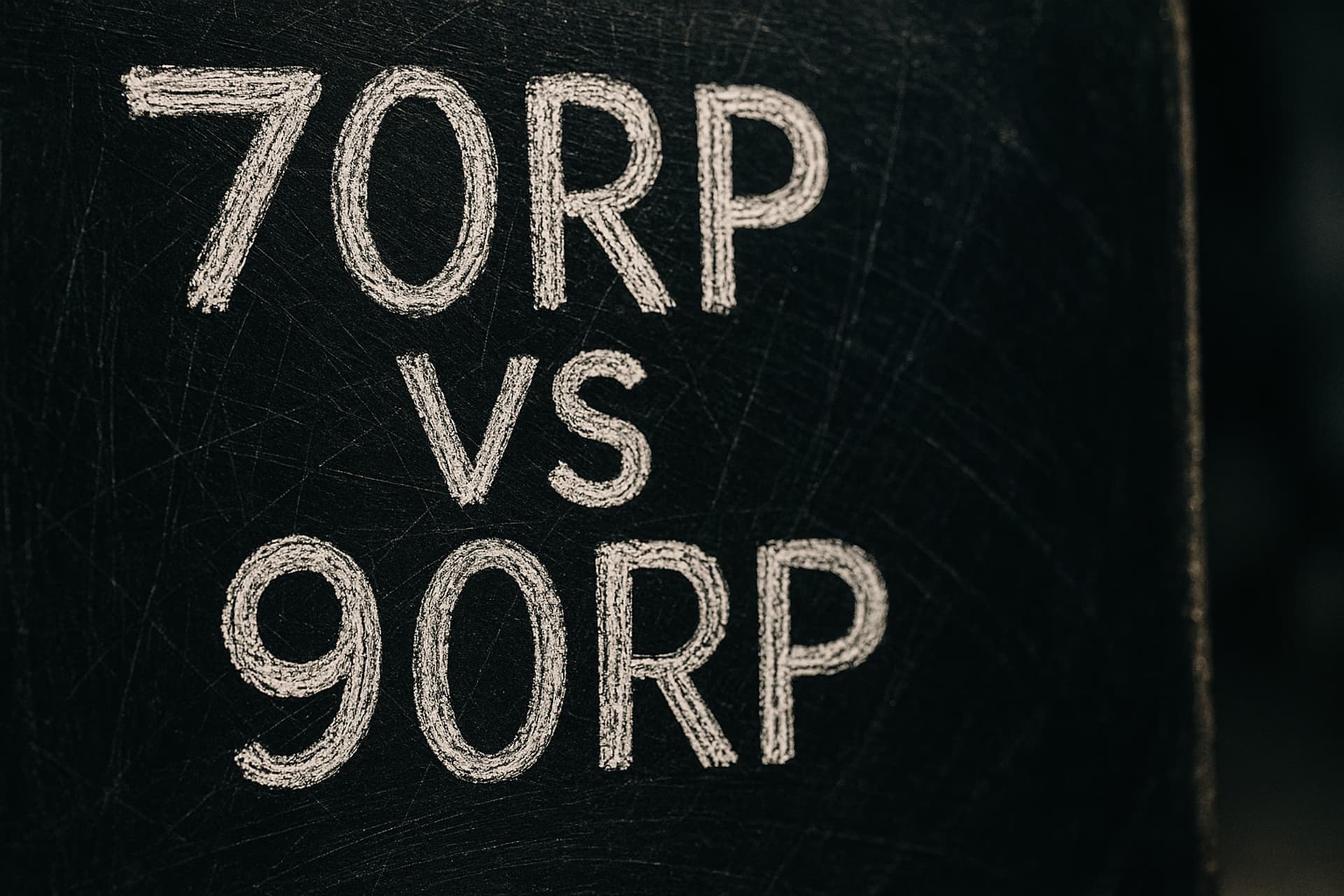O-Level Chemistry Chromatography & Distillation Diagnostics
Download printable cheat-sheet (CC-BY 4.0)05 Nov 2025, 00:00 Z
A
Reviewed by
Azmi·Senior Chemistry Specialist
Want small-group support? Browse our IP Chemistry Tuition hub.
TL;DR
Chromatography and distillation remain signature separation techniques in Paper 3, and SEAB expects candidates to justify solvent choices, apparatus setups, and fraction cuts.
Planning credit hinges on stating control variables (baseline height, condenser direction, heating rate), while MMO/PDO marks come from disciplined observation recording and diagrammatic support.
ACE answers should reconcile Rf trends, fraction purity, and error sources, then recommend refinements grounded in SEAB's apparatus expectations.
Continue the Separation Sprint
Pair these diagnostics with the rest of our O-Level Chemistry Experiments hub so every Paper 3 routine—from qualitative analysis to titration—has a matching rehearsal guide.
1 | Where separation appears in the syllabus
- SEAB lists “experiments involving separation techniques such as paper chromatography, filtration and distillation” within the Paper 3 practical repertoire (SEAB 2026 syllabus, p. 27).
- Planning, MMO, PDO, and ACE descriptors emphasise correct apparatus setup, precise observations, and reflective evaluation (SEAB 2026 syllabus, pp. 25 – 26).
- Apparatus to cite in your plan: chromatography paper, beakers, boiling tubes, distillation flasks, condensers, thermometers (–10 °C to +110 °C), and measuring cylinders (10/25/50/100 cm³) (SEAB 2026 syllabus, p. 28).
2 | Planning pointers for chromatography
- Aim & reference. “Separate food dye components using paper chromatography and calculate Rf values.”
- Control variables. Baseline height, solvent depth (below baseline), spot size/spacing, temperature, and solvent type.
- Method outline.
- Draw a pencil baseline ~1.5 cm from the bottom edge; mark origin points equally spaced.
- Apply samples using capillary tubes, allowing spots to dry between applications.
- Place the strip into a covered beaker containing solvent to just below the baseline; maintain a saturated atmosphere to prevent solvent evaporation.
- Remove the strip once the solvent front is ~1 cm from the top, mark the front immediately, and dry the chromatogram.
- Risk & safety. Note flammability or toxicity of organic solvents; recommend working in a ventilated area and wearing safety goggles.




